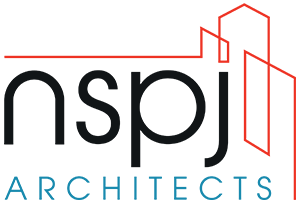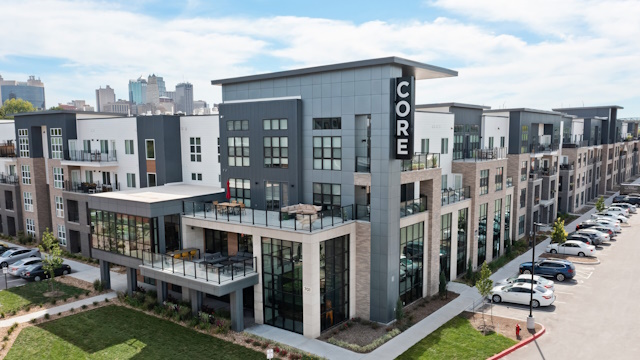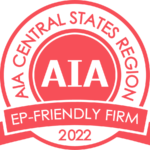Residential Architecture Should Align with Developer and Resident Needs for Community and Commercial Growth
By Theresa Curtis, AIA, Principal Architect and Vice President
The significant value of the multifamily market lies in the mutually beneficial relationship residential architects and designers create for residents, developers and the municipality these projects serve.
The 2024 multifamily market continues its appeal for private developers. Residents encountering a market with limited single-family home options see multifamily as more than a desirable alternative; multifamily living is aspirational in itself. Large and small cities invest in planning commission research to tout the rewards of developing multifamily properties.
Before the impact of multifamily real estate is fully realized, these assets’ value begins in one place: the drafting table. Success is largely dependent on residential architecture firms near you that understand how to further increase the viability of multifamily projects through lucid, attentive design.
The Economic Impact of Multifamily Residential Architecture and Design
The National Multifamily Housing Council (NMHC) studies the economic impact of multifamily development in its Housing Affordability Toolkit. The findings from this research demonstrate the financial benefits of multifamily architecture:
- An expanded tax base due to the density of multifamily residences.
- Significant savings on key infrastructure (38 percent) and the delivery of public services (10 percent) to support multifamily properties and residents.
- Ten-times-greater revenue from taxes when compared with residential development in the suburbs (per acre). NMHC specifically cites the tax yield in Raleigh, N.C., for multifamily housing compared with other development projects.
These statistics, generated through a series of studies conducted at the local and national level, speak to multifamily architecture’s economic value. Data like these are the structure upon which developers and architecture firms specializing in multifamily communities bring thoughtfully designed and strategically positioned housing to promising markets.
Residential Architecture and Design for an Evolving Housing Culture
Multifamily housing creates housing density, but this facet of multifamily development is not solely a boon for the economy. Housing density is also environmentally sustainable, whether one considers building practices for multifamily in contrast to single-family homes or the fact that multifamily residents have opportunities to commute by walking, biking or public transit.
The availability of housing in multifamily buildings also encourages a more diverse population and positions residents nearer to urban areas where desirable public and cultural amenities exist. On the multifamily campus itself, ample opportunities for community abound, driven by popular amenities, such as pools, exercise facilities and spaces for work and social gatherings.
The benefits of denser housing sound less like purely economic talking points, and more like what a new generation of residents desire:
- Proximity to work.
- Proximity to culture, green space and urban life.
- Maintenance-free, on-site amenities.
- Sustainable living.
- Downsized options.
- More expendable income.
Housing culture has changed. Both millennials and Gen Zs, along with Baby Boomers, are the key forces behind the vibrant multifamily market. This diversity emphasizes that its appeal is not restricted to a stereotyped subset that simply can’t afford a single-family home. The multifamily market will continue to experience growth so long as projects are designed by a residential architecture firm that has aligned its priorities with the end user who matters most: the resident.
Exemplars of Multifamily Architecture in Kansas City
The “what” is clear: Residential architecture and design firms are responsible for the value that multifamily brings to developers, cities and residents. The “how” is where an architecture firm can distinguish itself.
These Kansas City properties, designed by NSPJ Architects, represent exceptional work from a firm that specializes in the dynamic multifamily market:
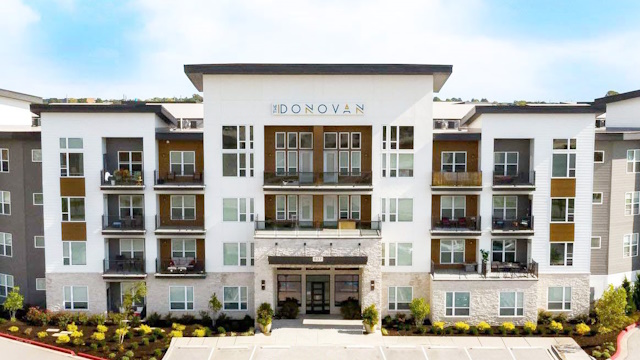
1. The Donovan: Seamlessly aligned with the design and scope of commercial development in the burgeoning suburban city of Lee’s Summit, Mo., The Donovan attracts residents with its contemporary style, clean, modern landscape architecture and unique wellness amenities, as well as proximity to area attractions.
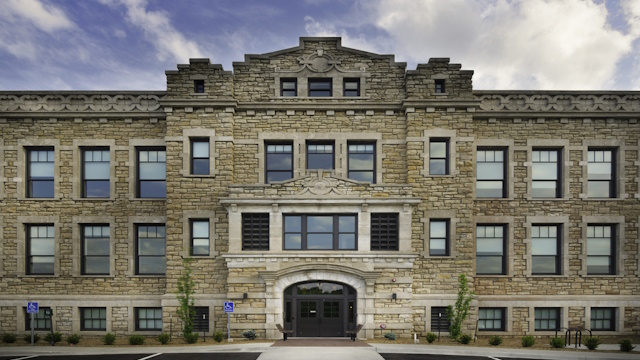
2. Norman School Lofts: This multifamily design is informed by its historic origins as an early 20th century school in Kansas City proper. Adaptive reuse concepts maintain its charming and stately structural features, which appeal to an audience that wants authenticity, not suburban monoculture. This boutique residential property has helped to re-energize the surrounding neighborhood, which also features additional historic buildings, including the well-regarded Uptown Theater.
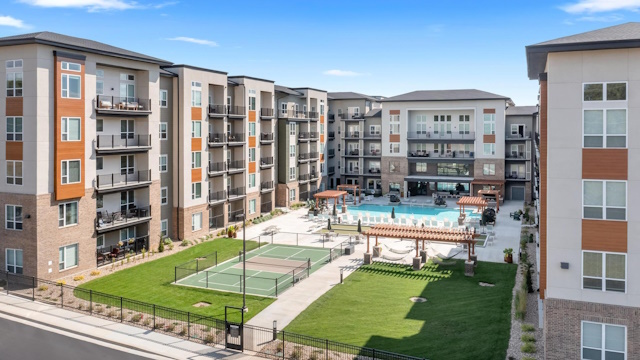
3. Chadwick Apartments: Nestled between a commercial area and an established residential neighborhood in Shawnee, Kans., the Chadwick provides luxury multifamily living with a large, central green space to replace an infrequently visited commercial site. The integration of indoor retail and outdoor community amenities make this space appealing for residents and economically vibrant.
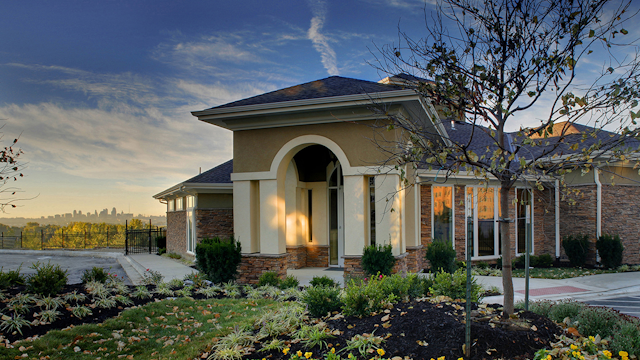
4. Briarcliff City Apartments: This multifamily project, north of downtown Kansas City, is a sought-after destination for residents, as well as an engine for economic growth. This property’s commanding view of the urban skyline and impressive archways and columns ensure that this distinctive community remains a vital, attractive part of the urban core.
Each of these projects has been recognized (or nominated) with prestigious awards from business institutions and architecture periodicals. They serve as excellent demonstrations of properties that were designed for maximum aesthetic, economic and social impact, adding value for both the modern resident and the community at large.
Learn more about the residential architects near you that designed these prime examples of multifamily architecture in Kansas City and beyond.
